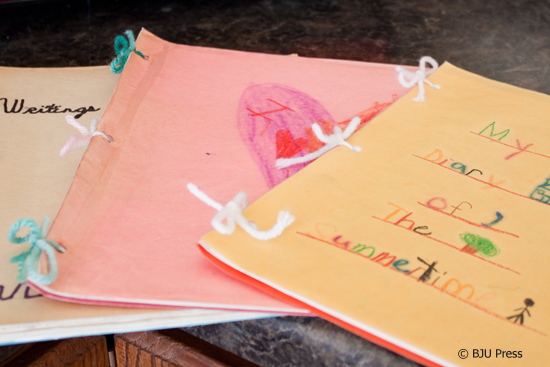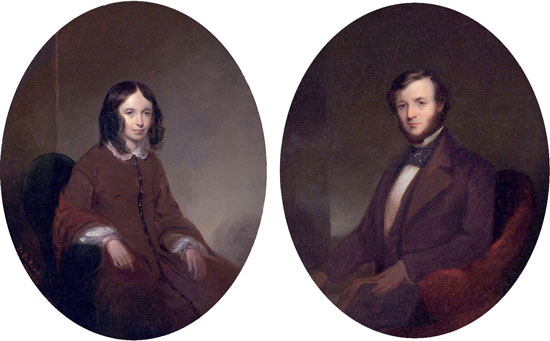 My teacher friend Mary Beth invited me to come visit her kindergarten classroom. She had been reading aloud one the children’s books I wrote, and her students were ready for the last two chapters. “We thought it would be neat if you could come and finish the book for us,” she said. “My students would enjoy meeting a real live author.”
My teacher friend Mary Beth invited me to come visit her kindergarten classroom. She had been reading aloud one the children’s books I wrote, and her students were ready for the last two chapters. “We thought it would be neat if you could come and finish the book for us,” she said. “My students would enjoy meeting a real live author.”
Before I even entered Mary Beth’s classroom, I could tell that for her, writing was something to celebrate. “Here are our snowman stories,” she said with a twinkly-eyed smile. “Some of the students dictated their stories, but many of them wrote their own.” I scanned the hall bulletin board decorated with painted snowmen sporting an eclectic mix of outerwear. I even noticed a story about a snowdog. Most of these South Carolina children had probably not seen a single snowflake since last winter, but obviously, their imaginations were healthy and active.
She opened the door to her room and began showing me around. “We’ve been talking about weather in science,” she said, indicating a large hanging chart decorated with rain and snow scenes and sunny beach pictures. A poem was also carefully lettered on the chart. “This is my poem. Don’t be too critical—it’s probably not very good. But my students were impressed that I actually wrote a poem.” I paused to read the four-stanza poem about types of weather, using a variety of age-appropriate words—and it was good.
When I sat down in the rocking chair with the children gathered on the rug in front of me, I could immediately tell that they loved being read to. Silence settled on them right away, and almost every eye stayed locked on my face as I read aloud. When I finished and asked for questions, a sea of hands went up. “Where did you get the idea for the kitten?” “Why did you write in chapters?” “Who drew the picture on the cover?”
Mary Beth walked to a shelf and took down a stack of stapled pages. “They’re very interested in books right now,” she said, “because we’ve just finished writing our own books.” I oohed and aahed over the books while here and there a student burst out with an enthusiastic comment about his or her story. “How many of you like to write?” I asked. Nearly every hand in the room shot up.
As I left Mary Beth’s room that day, I realized I was the privileged one—because I had met not just one, but an entire roomful of “real live authors.” I hope those students never lose the joy of writing that their teacher has worked so hard to instill in them. I hope they will never view writing as merely a chore to be done and a grade to be tallied. I hope they’ll always see writing as an art to be celebrated.



